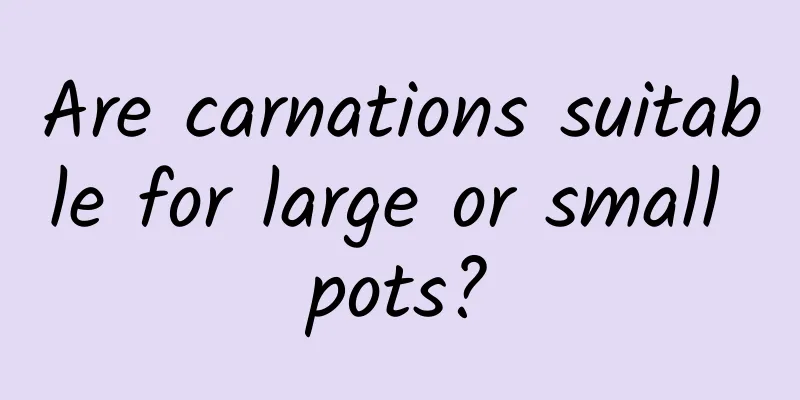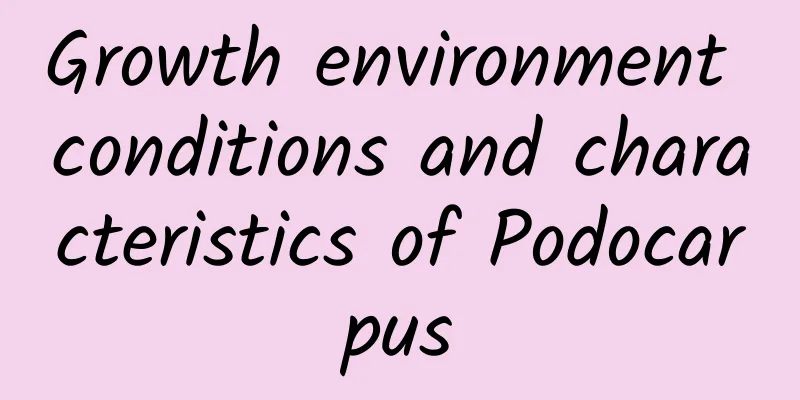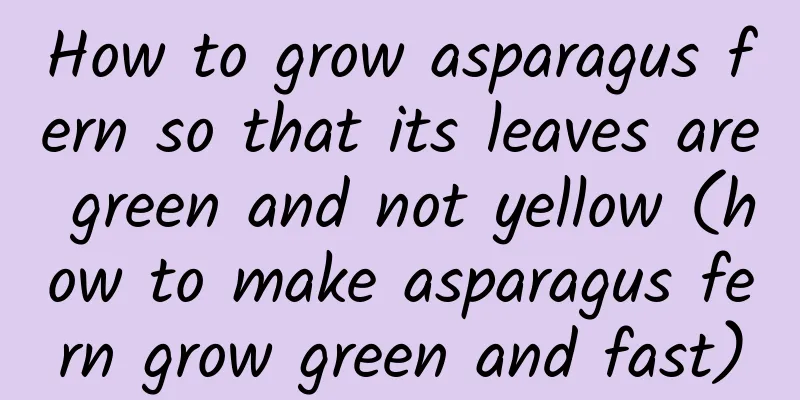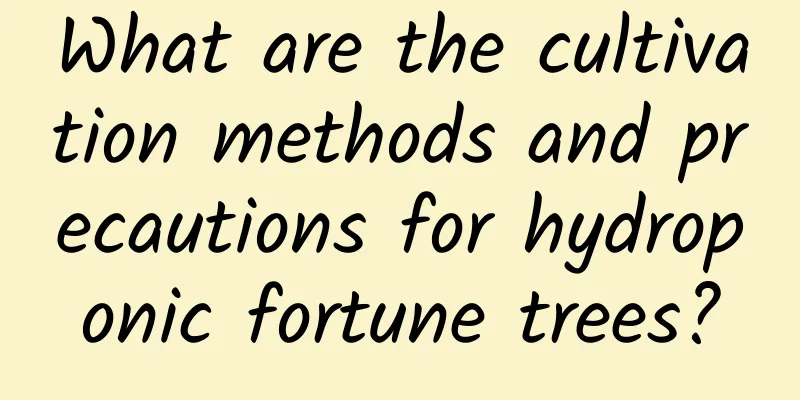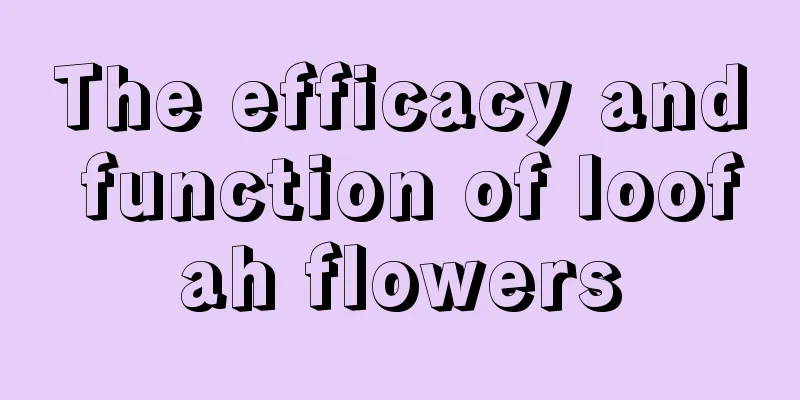Throw an egg into the pot, the leaves will be green enough to drip oil, and 100 flowers will bloom!
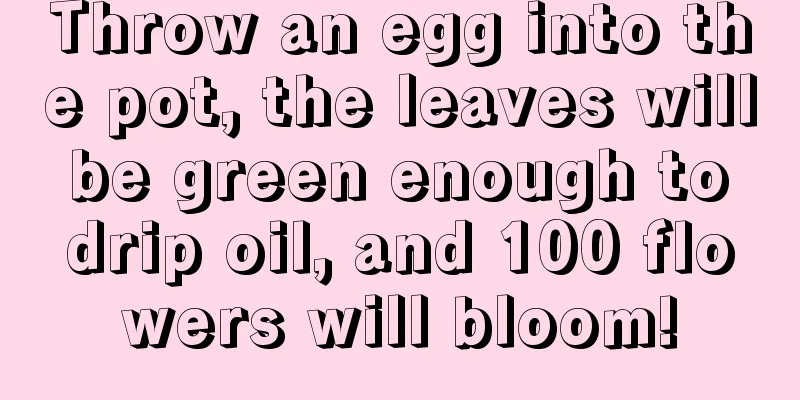
Decomposed egg white as flower fertilizerEgg white contains a lot of protein, fat and carbohydrates, which cannot be directly absorbed by flowers. After being fully decomposed, they become nutrients needed for flower growth, so egg white can be used after being decomposed. Directions:1. Beat the eggs in a bowl, then find a plastic bottle and use the mouth of the bottle to suck the egg yolk, so that the egg white and yolk can be separated. 2. Put the separated egg white in a plastic bottle. Mix the egg white of one egg with about 1L of water. (1L of water is roughly the capacity of 2 mineral water bottles), add some orange peel to deodorize, and then place it in the sun to fully ferment. 3. During the fermentation process, it is best to open the lid for ventilation every 3-5 days to prevent the bottle from exploding. It will take about 20-30 days for the egg white to be completely decomposed. 4. Then mix the fermented egg white and clean water in a ratio of 1:50 and water the flowers directly. Water them about once every 5-7 days to make the flowers and leaves greener and the roots stronger! Water the flowers directly with egg whiteThe method that Huahua is going to introduce next was told to her by an old flower farmer. Some people have killed their flowers using this method, while others have successfully grown lush branches and leaves, so it is not recommended for novice flower growers. Directions:1. Break an egg, put it in a plastic bottle or bowl, then add 1L of water, stir and shake thoroughly, and let it stand for more than 20 minutes to allow the egg white to settle. 2. The part floating on top is the egg yolk. Take a little egg yolk liquid, add water to dilute it 1:10, and pour it directly along the edge of the flowerpot. Make sure that the egg yolk liquid does not leak from the bottom of the pot, otherwise it will easily attract small insects. 3. For the protein clear liquid that settles at the bottom, you can dig a small hole of about 5 cm next to the flower pot, then pour the protein clear liquid in, and then cover it completely with soil to avoid attracting insects. 4. To ensure that the flowers will not be killed by you, you can choose to water them in the evening, and water them again with clean water the next morning. This method can be tried on flowers that are in the growth stage and are very hardy. Don't try it on weaker flowers or those in dormant period. Boil eggs in water as flower fertilizerThe water used to boil eggs contains many minerals and trace elements left over from the eggshells. Flower lovers, don’t waste it. Just use it to water the flowers! Directions:When the water used to boil the eggs has cooled to room temperature, you can use it directly to water the flowers. Using boiled egg water to water the flowers can not only replenish trace elements for the flowers and plants, but also the water after boiling the eggs no longer contains chlorine, so it is safer to water the flowers directly! (Don’t use the water for boiling tea eggs!) Eggshells and vinegar as flower fertilizerEggshells contain a lot of calcium, phosphorus and other trace elements, which can supplement trace elements for the growth of flowers, so using eggshells as flower fertilizer is also very good! Directions:1. Collect all the leftover egg shells and rinse them with clean water to clean the mucus remaining in the egg shells to prevent attracting small insects. 2. After washing the eggshells, place them in the sun for 2-3 days so that the eggshells can become very dry and brittle, and can be broken by a pinch. 3. Crush the eggshells with your hands, or simply crush them with your feet. As long as the eggshells are broken, it will be fine. 4. Put the crushed eggshells in a bowl, then add white vinegar, the height of the vinegar should cover the eggshells. The calcium carbonate in the eggshells reacts with the acetic acid in the vinegar to release the calcium ions more thoroughly, providing nutrients for the flowers and plants. 5. Never use eggshell vinegar solution to water the flowers directly, because the concentration is too high and it is easy to burn the roots. Basically, mix it into a solution in a ratio of 1:50 and then water the flowers directly. 6. Flowers and plants absorb the calcium ions in the eggshell vinegar solution, and they will grow more and more vigorously, and their leaves will become greener and greener! Egg shells mixed with soilIn addition to directly adding vinegar to make eggshell fertilizer, eggshells can actually be mixed with soil and used as fertilizer. Directions:1. Using the same method, clean the eggshells, expose them to the sun, and then grind them into powder. 2. When changing the pot and soil of the flowers, mix the nutrient soil and crushed egg shells together to make the nutrient soil directly. 3. Eggshells mixed in the soil can slowly release fertility in the soil. The roots absorb the nutrients released by the eggshells, and they will grow more and more vigorously, and the leaves will become greener and greener! Sprinkle egg shells on the surface of the basin to repel insectsIn addition to being used as fertilizer, eggshells can actually be sprinkled directly on the surface of pots to drive away snails and other mollusks. Directions:1. Crush the eggshells completely and sprinkle them directly on the surface of the basin. 2. The crushed eggshells have many sharp edges. When snails and some mollusks crawl on them, they will get hurt and will not crawl into the flower pots again. Quail eggs as flower fertilizerIn fact, in addition to eggs, quail eggs can also be used as flower fertilizer. Quail eggs also contain many nutrients, and the eggshells also contain trace elements, and the effect is similar to that of eggs! Directions:1. Not only quail eggs, goose eggs, and duck eggs can be used, but the eggs must be raw. Those pickled cooked eggs cannot be used! 2. Use a needle to poke a small hole in the eggshell (the skin of the quail egg is very thin and can be pierced with a toothpick), then place the quail egg at the bottom of the flowerpot, allowing the nutrients in the quail egg to decompose in the soil and then continue to dissipate, and then be directly absorbed by the roots. Using waste oil from range hoods as fertilizer for flowersOne problem that generally bothers flower lovers who cook at home is what to do with the waste oil in the range hood. Huahua will tell you a secret today, actually these waste oils can also be used as flower fertilizer, and the effect is great! Directions:1. First, clean out all the waste oil in the range hood and put it in a container that has been prepared. Plastic bottles or oil drums will do. 2. Use a chopstick or a hard object such as a small wooden stick to poke 3-5 small holes along the edge of the flower pot. 3. Pour the collected waste oil directly into the small hole. Be careful not to fill the small hole, otherwise there will be no way to fill the soil. After filling the waste oil, cover it all with soil. Remember to work along the edge of the pot and avoid touching the roots, otherwise the roots may be burned. 4. Clivia is very fond of oil crops, and this waste oil is exactly the fertilizer that Clivia likes. Feeding Clivia some waste oil can make its flower buds grow more and the flowers become bigger! Sesame paste as flower fertilizerThe sesame paste Huahua buys always expires before she can eat much of it. It’s a pity to throw it away. At this time, you can use the sesame paste to make fertilizer. Let the flowers eat the sesame paste and grow rapidly. You can't stop them! Directions:1. Pour all the sesame paste into a plastic bottle, add some water, cover it with a lid and seal it. 2. Put the sesame paste in the sun to ferment. It will take about 1-2 months for the sesame paste to ferment successfully. 3. The fermented sesame paste fertilizer must be mixed evenly with clean water in a ratio of 1:100 before use, because sesame paste has too much fertilizer. If used directly, it will cause root burn. The flowers at home are growing faster and faster after using sesame paste fertilizer! |
Recommend
Should peach eggs be watered thoroughly? Watering methods and precautions
Is the peach egg watering thorough? Peach egg lik...
What are the cultivation methods and precautions of Spathiphyllum
1. Breeding methods 1. Light: It does not require...
Why doesn't Gloxinia bloom? How to make it bloom faster?
1. Solution to the problem of Gloxinia not bloomi...
Cultivation methods and precautions of Monstera
1. Breeding methods 1. Temperature: 15-20℃ is the...
How to change the soil and pot of lemon
Effects and requirements of changing soil and pot...
How to propagate jasmine
1. Cutting propagation To propagate jasmine by cu...
How often should I water the juice balcony?
How often should I water the juice balcony? Sprin...
Indoor cultivation methods and precautions for money tree
1. Breeding methods 1. Soil: When choosing soil f...
What is the best month to plant garlic?
When to plant garlic Garlic is mostly sown and pr...
How to prune tomatoes: Pruning time and technique
Tomato pruning time When pruning tomatoes, be sur...
Rose language, the meaning of the number of roses
1. Flower Language Roses come in more than one co...
How to prune branches and leaves of eggplant to increase yield? Detailed explanation of the key points of eggplant pruning technology
The time for eggplant pruning is generally to sta...
When is the best time to plant parsley?
Parsley is rich in nutrients such as vitamin A, v...
How many years does it take for olives to bear fruit?
Olive planting results after several years Olives...
How to prune the crab apple tree?
Crab apple tree pruning time For sand pear trees,...


